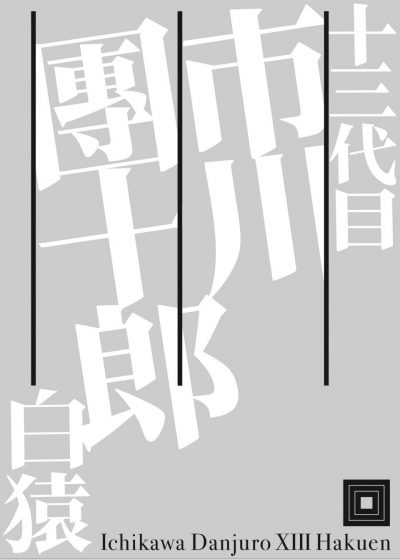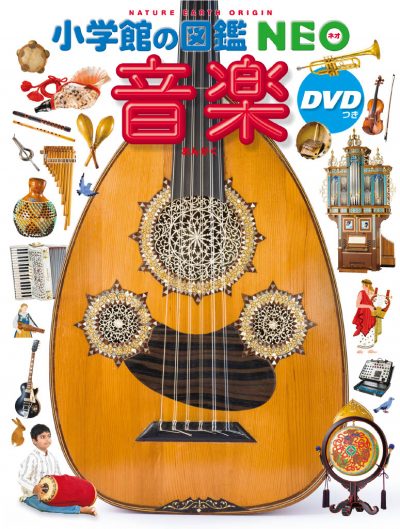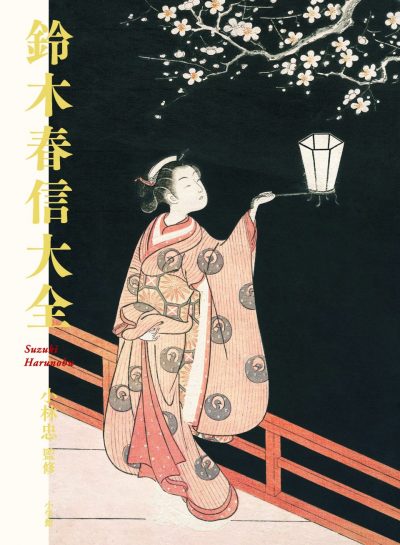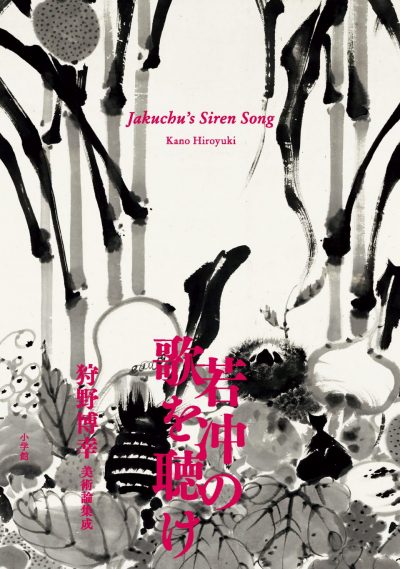
Exploring the Ancient Temples of Japan
Exploring Engakugi, Kita-Kamakura


Kaisando (Founder's Hall)
Kaisondo, originally a sub-temple of Kencho-ji, was moved to Engaku-ji in 1335 by Muso Soseki on the imperial orders of Emperor Go-Daigo (1288-1339). The building then became Shuzoku-in, the burial place for Mugaku Sogen (1226-1286), a prominent Zen monk and advisor to Japan’s most powerful ruler of his day. Behind the adjacent Shariden (Reliquary Hall) is the Kaisando, a 4-bay, square, hipped-roof structure, rebuilt in 1685. Sitting atop a slight elevation behind this building sits the Kaisanto, Mugaku Sogen’s grave made of natural stone. The Kaisando and its grave are not open to general visitors.
Zendo (Meditation Hall)
The Zendo, or “Hall of the True Dharma Eye,” is located in the Shozoku-in. This style of meditation hall is often found at the gravesite of a temple’s founder. The previous building collapsed in the Great Kanto Earthquake of 1923, and was rebuilt in 1930. The calligraphy that hangs at its entrance (which reads 「正法眼堂」 Hall of the True Dharma Eye) was brushed by Keishu, the 221st High Priest of Tenryu-ji. Because new and itinerant monks are usually in residence in the hall and practicing zazen meditation, the Zendo is generally closed to the public.

Sanmon (Main Gate)
Pictured above is a statue of the eleven-faced Kannon (goddess of mercy) alongside the sixteen Arhats at Engakuji's Sanmon. The Sanmon gate is three bays across and two bays deep, with the central bay as the doorway. Copper tiles have replaced traditional thatching over the hip-and-gable roof of this multi-story structure. The calligraphy that hangs from the second story reads “Pure Zen Temple of the Sutra of Perfect Enlightenment.” It is said to be a gift from retired emperor Fushimi during the time of Hojo Sadatoki, the ninth regent of the Kamakura Shogunate. After the Sanmon was destroyed by fire in 1563, it was rebuilt by the 189th High Priest Daiyu Kokushi (aka Seisetsu Shucho) to coincide with the 500th anniversary of the death of Sogen in 1785.
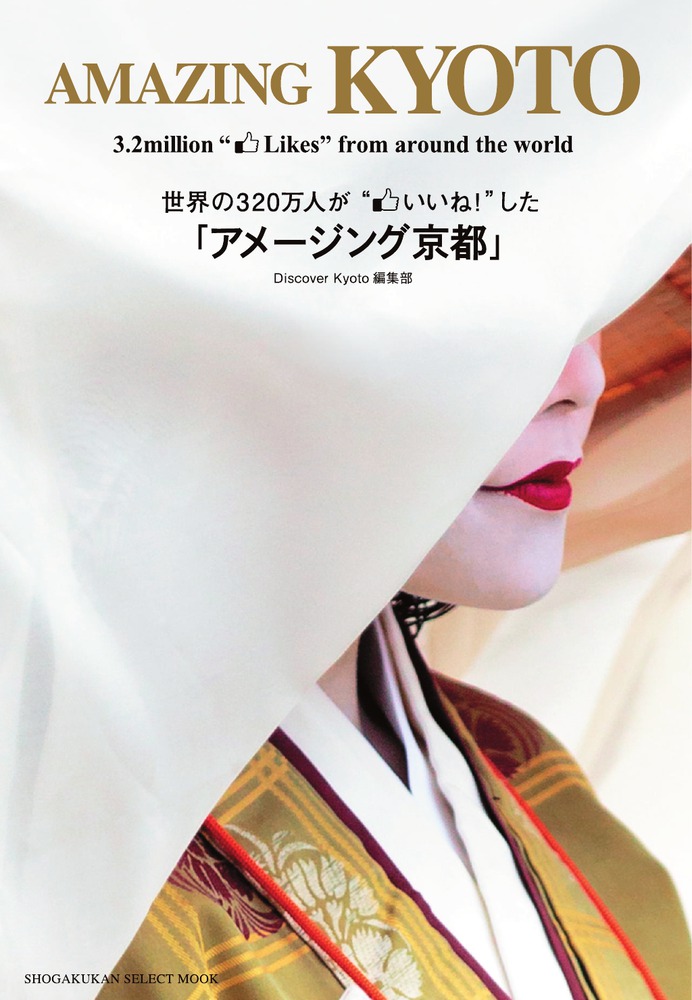
Amazing Kyoto: 3.2 million "Likes" from around the world
A guide to Kyoto by non-Japanese residents!
The world’s most popular guide to Kyoto is “Kyoto Fan,” the Facebook fan page written by a team of residents of the city who hail from around the world. Learn about Kyoto as seen through non-Japanese eyes and find out which scenic spots and foods get the most “Likes.” Written in both English and Japanese.
Reported by Shogakukan Weekly Books. Exploring the Ancient Temples of Japan no.35. Photos by Hiroshi Harada. Translated by Interbooks. Edited by Devon Lois Duncan.



